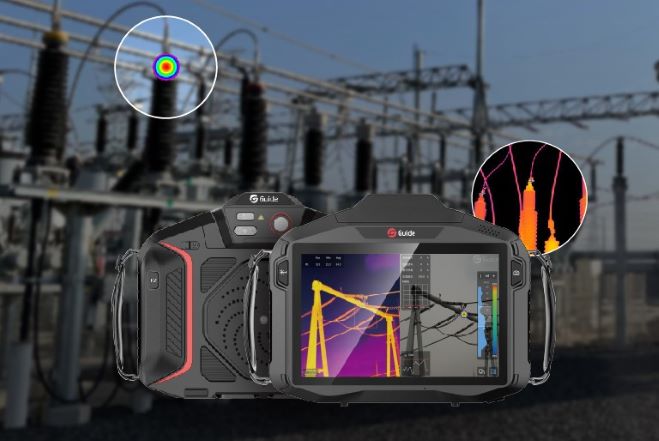A thermal scope is a type of imaging device that uses infrared radiation to produce images of the surrounding environment. Unlike traditional optical scopes, which rely on visible light to create images, thermal scopes detect heat signatures from objects and living beings, allowing the user to see in complete darkness or through fog, smoke, and other obscurants.
Thermal scopes are also useful for wildlife observation and conservation, as they allow users to observe animals without disturbing them or altering their natural behavior. They can also help detect poachers and other illegal activities in protected areas.
In hunting, hunting night vision scopes are becoming increasingly popular for their ability to detect game animals at long distances, even in low-light or adverse weather conditions. They can also be used to track wounded animals, reducing the risk of lost game and ensuring ethical hunting practices.
Thermal scopes are available at a range of prices, from entry-level models to high-end professional-grade units. The cost varies depending on the specific features and capabilities of the scope, as well as the brand and manufacturer.
One potential drawback of infrared scopes is that they are sensitive to environmental conditions such as temperature, humidity, and atmospheric pressure. They can also be affected by sunlight and other sources of infrared radiation, which can cause false readings and distortions in the images. Proper calibration and maintenance are essential to ensure accurate and reliable performance.
So, what things should we pay attention to in the process of use? The following will be mentioned!
1、Adjust the focal length
Over the thermal imaging camera application, if the background temperature around the measured target is too cold or too hot, it will affect the accuracy of the target temperature measurement. And in general, the thermal imaging camera application can be adjusted after the thermal image is stored on its curve, but it cannot change the focal length after the image is stored, and naturally, there is no way to eliminate other heat reflections.
So it's time to adjust the focal length or measurement orientation to reduce or eliminate these effects. The Fluke thermal imaging camera application is equipped with a unique laser autofocus system, which can intuitively indicate the target location, suitable for the need for multiple, multi-directional focus operations.
2、Choose the proper temperature range
The temperature range is one of the most important performance indicators for thermal imaging camera applications because the thermal imaging camera application is to detect the imaging by measuring the temperature of the target, so the temperature range can neither be too narrow, nor too wide.

For example, Guide TU Thermal Scope: TU420, the highest limit of measurable temperature is 50 ℃, and the lowest limit can reach -40 ℃. It should be noted that before the thermal imaging camera is applied to measure temperature, its temperature range should be slightly adjusted so that it conforms to the measured target temperature as much as possible so that the best image quality can be obtained.
3、Understanding the maximum detection distance
The maximum detection distance is not a fixed figure, this distance is related to the size of the target to be measured and the infrared detector's performance. If you use the same thermal imaging camera to measure a relatively large area of the target, then the detectable distance is farther, and vice versa.
Therefore, when detecting certain smaller targets, it is important to choose the right thermal imaging camera to ensure that the temperature detection is carried out within the effective distance to prevent inaccurate data. And detection, thermal imaging camera applications need to maintain a moderate distance from the target, whether the distance is too large or too small, will affect the use.
4、Keep the instrument smooth
Usually when using cell phones to take pictures, if you accidentally shake, then the photos taken will be blurred. The infrared thermal imaging camera application is the same, when pressing the storage key, you should be careful not to shake too much to ensure that the image is accurate and not blurred. Or you can use a tripod to support the instrument, which will be more stable.
5, detection environment to a single
Due to the distribution of the measured target, infrared thermal imaging camera applications often work in the outdoor environment, so it is easy to be affected by weather factors. Of course, the atmospheric environment is unchangeable, so you can also make moderate adjustments in advance according to the characteristics of the environment to ensure the accuracy of the measurement data. In addition, you can also try to choose no rain, no fog, no sunlight or at the night, no wind or low wind environment, so that there are no impurities or few impurities around, and you can avoid the excess reflection.
In conclusion, thermal scopes are a powerful tool for enhancing situational awareness, target identification, and wildlife observation in a wide range of applications. They offer a unique perspective on the environment and provide valuable insights into the behavior and movements of living beings. While they may not be suitable for every situation, their ability to see in complete darkness and through obscurants makes them valuable to any arsenal. As technology continues to evolve, we can expect to see even more advanced and sophisticated thermal imaging systems in the future.













.svg)

(1).jpg)
.jpg)


